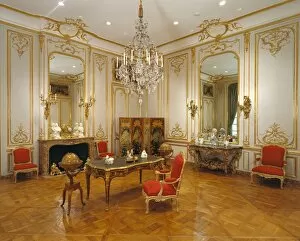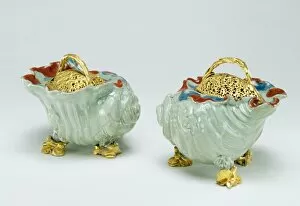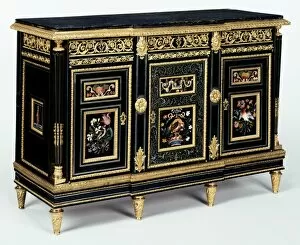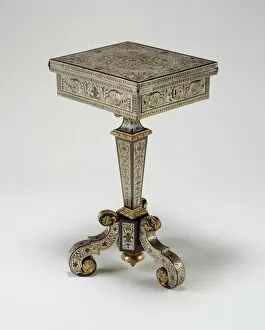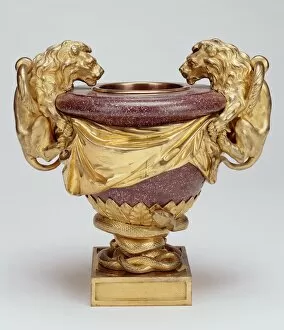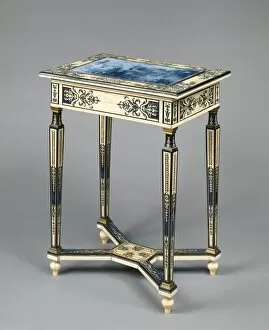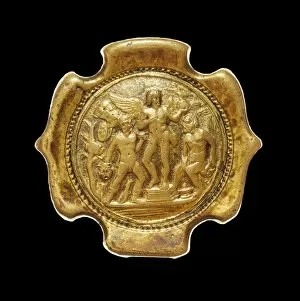Gilt Bronze Collection (#6)
"Gilt Bronze: A Journey Through Time and Artistic Mastery" Step into the world of gilt bronze, a captivating medium that has adorned masterpieces throughout history
All Professionally Made to Order for Quick Shipping
"Gilt Bronze: A Journey Through Time and Artistic Mastery" Step into the world of gilt bronze, a captivating medium that has adorned masterpieces throughout history. From a three-door cabinet crafted in the mid-19th century to an exquisite Buddhist goddess statue dating back to the 8th century, this alloy of bronze coated with gold leaf has left its shimmering mark on countless works of art. Intricately detailed and anonymous in origin, the three-door cabinet from c. 1835-1838 showcases the skilled craftsmanship of its time. Its golden accents add an air of opulence and elegance to any space it graces. Moving further back in time, we encounter the Bodhisattva Avalokiteshvara from Kurkihar, Bihar. Created during the Pala Dynasty, this gilt bronze masterpiece radiates divine serenity and spiritual grace. The eighth-century bronze statue depicting Tara, a revered Buddhist goddess, is another testament to the allure of gilt bronze. Its delicate features and graceful posture evoke a sense of tranquility that transcends centuries. Venturing into European artistry, we find "The Twelve Works of Hercules, " sculpted in bronze during the 15th century. This magnificent piece immortalizes Hercules' legendary feats with intricate details that captivate both eye and imagination. Spanish artist Francisco de Zurbaran's c. 1930 sculpture showcases his mastery over bronze as he brings forth lifelike expressions through his work. The material adds depth and texture to each stroke captured by Zurbaran's skillful hand. As we delve deeper into history, we stumble upon engravings depicting "The Brazen Bull" - a chilling reminder of ancient cruelty transformed into art through meticulous etching techniques. Transitioning towards functional beauty, an enamel ewer from late Ming/early Qing dynasty stands as an epitome of artistic fusion between East and West.


